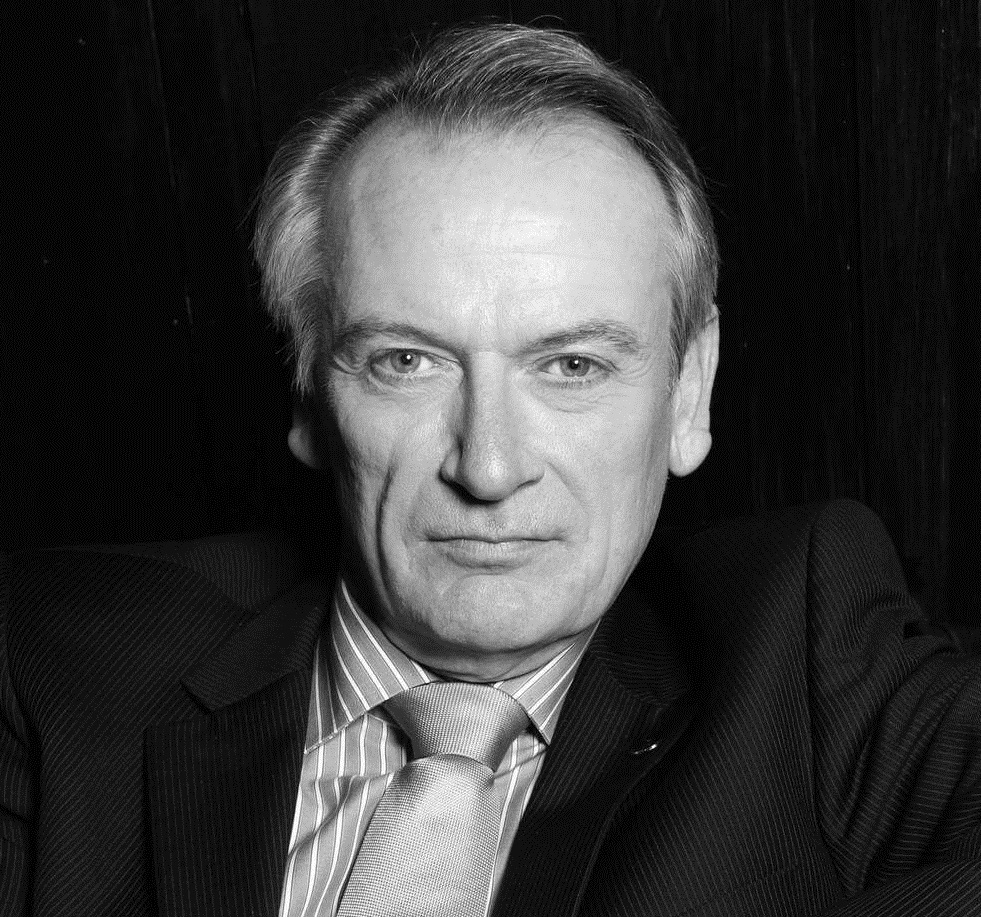Two Mainstream Blockchain Developments Already

- Chris Skinner, Chief Executive Officer at The Finanser Ltd
- 13.01.2017 09:45 am Blockchain , Chris Skinner is best known as an independent commentator on the financial markets through his blog, the Finanser.com, as author of the bestselling book Digital Bank, and Chair of the European networking forum the Financial Services Club. He has been voted one of the most influential people in banking by The Financial Brand (as well as one of the best blogs), a FinTech Titan (Next Bank), one of the Fintech Leaders you need to follow (City AM, Deluxe and Jax Finance), as well as one of the Top 40 most influential people in financial technology by the Wall Street Journal’s Financial News.
So one of my 2017 forecasts is coming true already: it is the year that blockchain moves out of proofs of concept and work and into the mainstream. Two great examples broke out this week from skunk works to media.
The first I spotted was the Chicago Mercantile Exchange (CME) Group using bitcoin for various means, one of which is to record digital gold with the Royal Mint.
Royal Mint Gold (RMG), an innovative new product launching in 2017, will see The Royal Mint issue RMGs as a blockchain based digital record of ownership for gold stored at its highly-secure on-site bullion vault storage facility. CME Group, the world’s leading and most diverse derivatives marketplace, will develop, implement and operate the product’s digital trading platform which will see gold traded on an exchange using blockchain technology. The RMG solution will provide an easier, cost-effective and cryptographically secure alternative to buying, holding and trading spot gold.
Pretty innovative for 1,000 year old institution.
In an interview with Forbes Sandra Ro, Head of Digitization Initiatives at CME, says that its Royal Mint Gold product “will change the way traders and investors will trade, execute and settle gold.” The product’s digital trading platform will operate 24/7, the way Bitcoin trades. “Unlike the traditional physical spot cost model for investing in gold — the management fees and ongoing storage charges — RMGs will actually offer ownership of the underlying gold with the option for conversion to physical gold with zero storage costs,” says Ro. “That’s significant from an investment standpoint.
You can hear the whole view of what CME Group is doing with bitcoin and blockchain at Laura Shin’s blockchain podcast Unchained.
The other big blockchain announcement came from the Depository Trust & Clearing Corporation (DTCC), which has chosen to work with IBM, in partnership with Axoni and R3, to provide a blockchain-based distributed ledger technology (DLT) framework for derivatives post-trade lifecycle events.
The firms will work on the DTCC’s Trade Information Warehouse (TIW) for the service. The TIW currently automates the record keeping, lifecycle events, and payment management for more than $11 trillion of cleared and bilateral credit derivatives. The project will be based upon the Hyperledger open-source platform and industry standards, and has been developed with input and guidance from a number of market participants including Barclays, Citi, Credit Suisse, Deutsche Bank, JP Morgan, UBS and Wells Fargo, and market infrastructure providers, IHS Markit and the Intercontinental Exchange (ICE).
Under the agreement, IBM will lead the initiative, provide programme management, DLT expertise, and integration services, and offer the solution-as-a-service. Axoni will provide distributed ledger infrastructure and smart contract applications, with R3 acting as a solution advisor.
Development starts now and will be built upon Axoni’s AxCore distributed ledger protocol which will be submitted to Hyperledger when the solution goes live early in 2018.
DTCC says its latest announcement follows the “successful” completion of a proof-of-concept (POC) for North American single name credit default swaps (CDS) last year with Axoni, IHS Markit and several market participants. The POC demonstrated that “complex” post-trade events inherent to CDS can be “managed efficiently” with distributed ledger technology in a permissioned, distributed, peer-to-peer network.
Talking of R3, their CEO David Rutter has just announced they are about to close the biggest funding round of any blockchain development to date. That is their $150 million spin-off for Corda develolpments, with 77 backers including founding members Barclays, BBVA, Credit Suisse, Commerzbank, SEB and Société Générale.

























